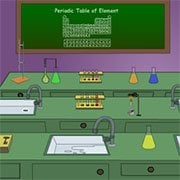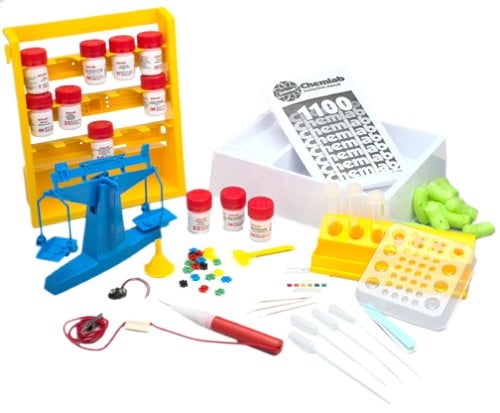

Sulfur’s Night Lab doesn’t draw too much attention to this, one of the rooms in Dr. The real game-changer, though, is the game’s chemistry lab. They each specialize in a different type of matter and they all talk a little too much Sulfur plays like any run-of-the-mill kids’ game from this period, featuring wacky characters with wackier voices and arbitrary learning activities, shoehorning in unrelated subjects like music in an attempt to appeal to a wider audience. Sulfur’s crazy laboratory, it’s all the more unusual that Dr. Yet despite the heavier subject matter and the vivid, creepy realization of Dr. They feels like they were designed as a supplement to chemistry lessons, not as a way to learn about it on their own. They deal with head-on with unintuitive concepts like molecular bonds, and they assume a baseline knowledge about chemistry that could be tricky for kids to pick up mid-game.

The game’s exercises vary in complexity - some of them are matching games, others are more elaborate chemical puzzles - but they never talk down to the player. This is not simple or accessible content. Sulfur’s Night Lab gives a recommended age range of 9 and up, but I’d imagine the target audience is closer to late middle school. This is what a laboratory looks like… right? Sulfur has team of freaky assistants who each specialize in a different type of matter, like acids, bases, and metals, and they have activities to complete that require your knowledge about chemicals and their physical properties, how they interact with other compounds, and how they’re used in everyday life.

Sulfur’s lab by solving chemistry problems that conveniently tie into the game’s learning objectives. Sulfur, whose extravagantly designed science lab (resembling what an elementary school kid imagines a cool science lab looks like) has been attacked by a horde of genetically engineered mutants (sure!). In this game, you’ve been drafted to help the mysterious Dr. And to achieve that, the designers tried to recreate the joy of playing around in science class. Released by textbook publisher McGraw-Hill’s short-lived computer game division in 1996, Dr. Sulfur’s Night Lab might be the most ambitious science edutainment game I’ve ever encountered. But compared to math games that can infinitely generate math problems, there’s only so many types of unique investigations or experiments that developers can reasonably fit into one science game.īy that measure, Dr. This is, I think, the right way to do it. Last year, I talked about MECC’s Science Inquiry Collection, which taught scientific subjects - like water quality or dental health - through an investigative process. It’s more challenging for an educational game to reproduce the value of an exercise like that. In fourth grade, my science teacher did an experiment where we had to identify sugar, salt, and flour by taste alone, and as hokey as that was, it’s stuck with me for two decades, so he must have been onto something. The best science lessons are the ones where students get to mix liquids together or play with magnets or set things on fire. Language arts are a good fit for a computer game too, because it’s another reproducible subject that mostly happens on paper.Ĭompare that with science, a subject that benefits so much from hands-on experimentation that a computer game can’t necessarily supply. The math action-adventure game Troggle Trouble Math, for example, can automatically spin up an endless number of story problems by plugging numbers into a handful of templates. Looking at a sample of edutainment games from the 80s and 90s, I’m willing to say that a large portion of them are about math, maybe because math is easier to randomly generate. Science is a tough subject for an educational game. Sulfur’s Night Lab, courtesy of Stuart Feldhamer via MobyGames.


 0 kommentar(er)
0 kommentar(er)
